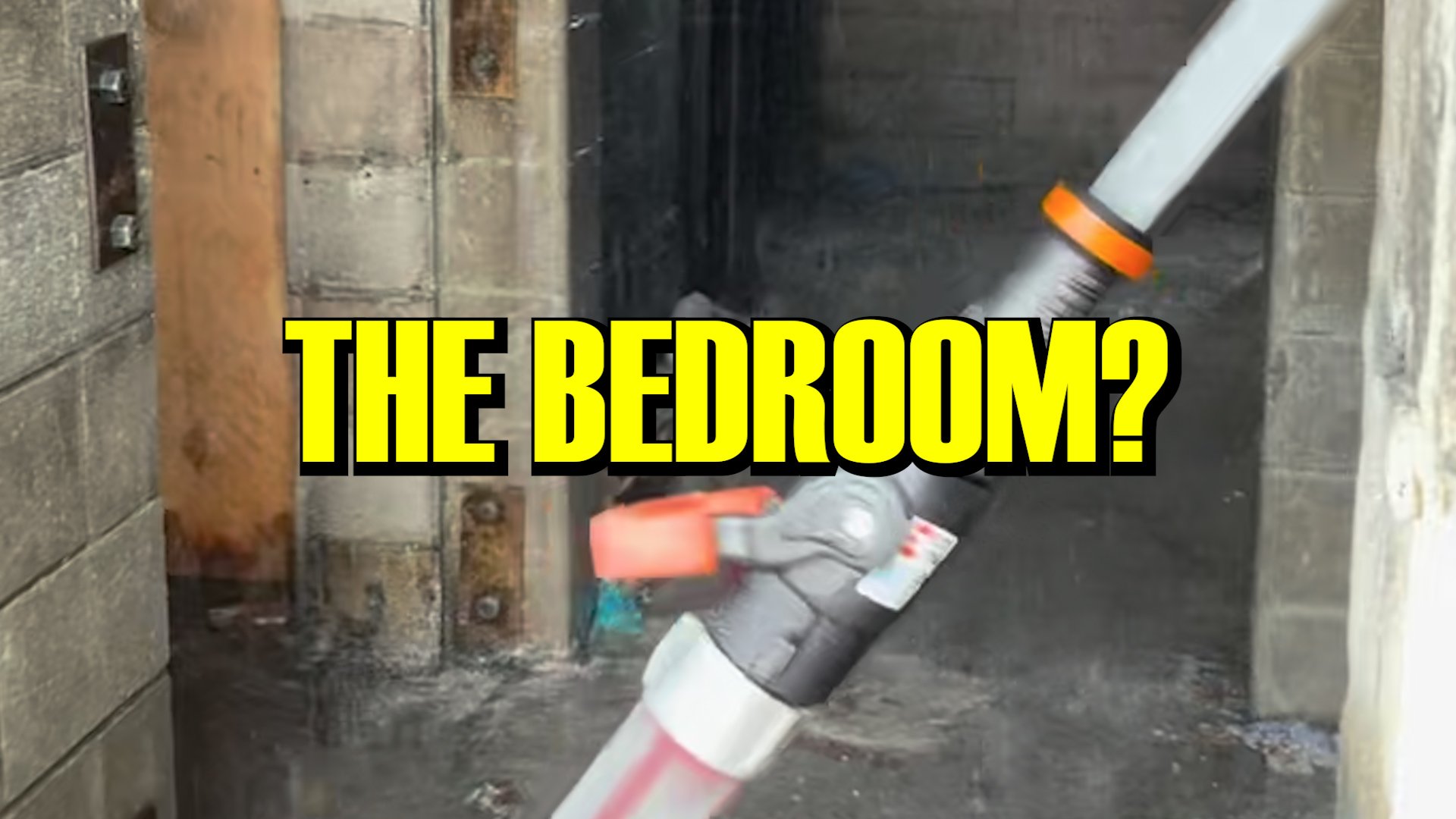Summary: What’s one question TFT would ask a probie facing a bedroom fire? How about: Where are your eyes looking? How are you isolating the space? When should search and suppression occur together? These are critical prompts that connect training directly to real-world fire dynamics.
One Bedroom Fire Tip for a Probie? Let's Start With the Right Questions
When you’re standing outside a bedroom door, nozzle in hand, things move fast. But the best firefighters slow their thinking down just enough to ask: what’s actually happening behind that door? These questions are designed to spark better training conversations, keep crews sharp, and help new firefighters make smarter calls under pressure.
Where should your eyes be?
Before you ever cross the threshold, are you looking up? Rollover, turbulent smoke, and thermal cues almost always start high. Focusing only at eye level or lower can cost you precious seconds. Can you read the conditions at the top of the doorframe or ceiling to tell you if flashover is near?
Where should you aim?
Are you hitting the ceiling first or going straight at the bed? For most bedroom fires, the heat is in the upper layer. Starting high with a short burst can cool gases, buy time, and improve survivability for anyone inside. Do you know when to switch from ceiling to contents — and how to do it without flooding or steaming the space?
What’s your nozzle pattern — and why?
Are you running straight stream to reach deep, or wide fog to cool fast and hold the line? Nozzle choice and pattern control change everything. Are you practicing the same water mapping in training that you’ll use in real fires? Is your stream pattern clearing the room, or just moving heat and smoke around?
Are you isolating the space?
Did someone close the door behind you? Or better yet — was it already closed before you forced entry? Isolating a bedroom fire can significantly improve tenability for anyone inside and reduce fire spread. How well do you understand the role of closed doors in protecting victims and limiting fire travel?
Should search and suppression happen at the same time?
In a fire showing bedroom conditions, are you prepared to combine those two tasks? Can you and your crew coordinate fast water on the fire with a targeted search of high-probability areas? Are you training for that reality, or treating them like separate steps?
What’s the biggest mistake you’ve seen on a bedroom fire?
Is it tunnel vision? Rushing the door? Skipping the ceiling check? Not knowing your nozzle? Every seasoned firefighter has a story. What’s yours — and what would you pass on to the next probie walking up to that door?
Print these questions. Share them in drills. Bring them up at the kitchen table. The more we ask, the sharper we get — and the safer the fireground becomes.
Got a tip of your own for bedroom fire attack? Share it with your crew or drop it in the comments.



Comments